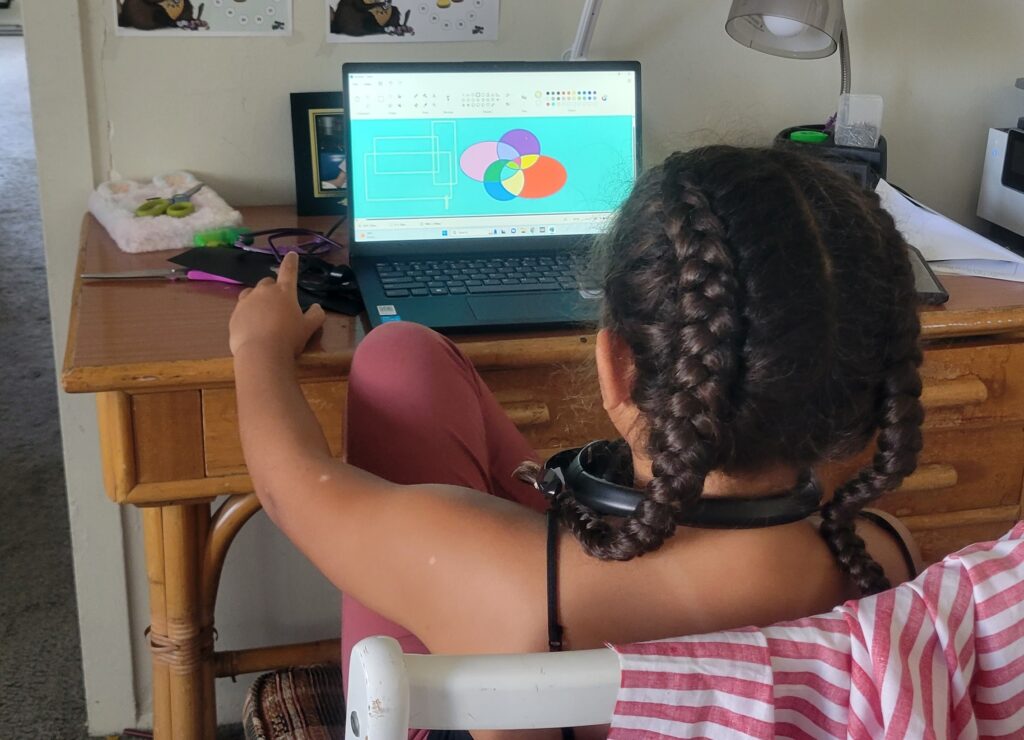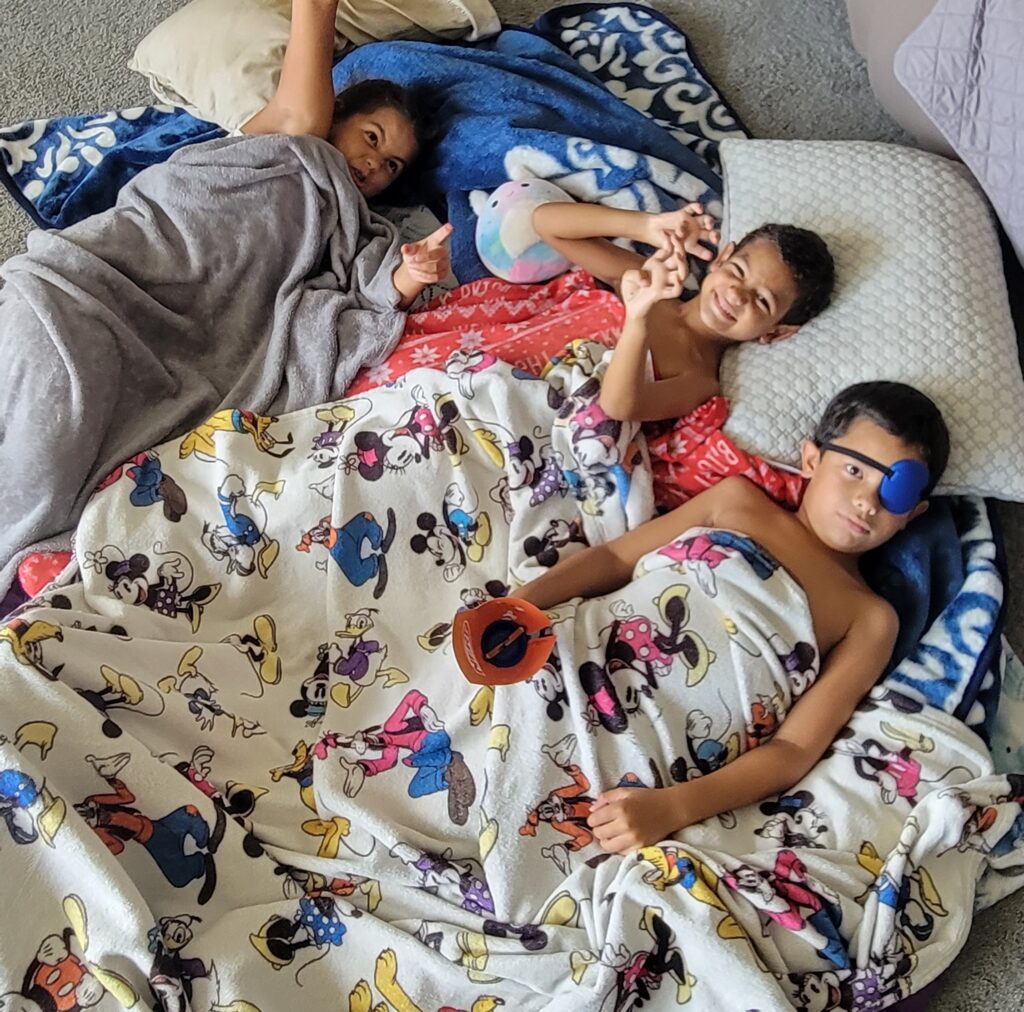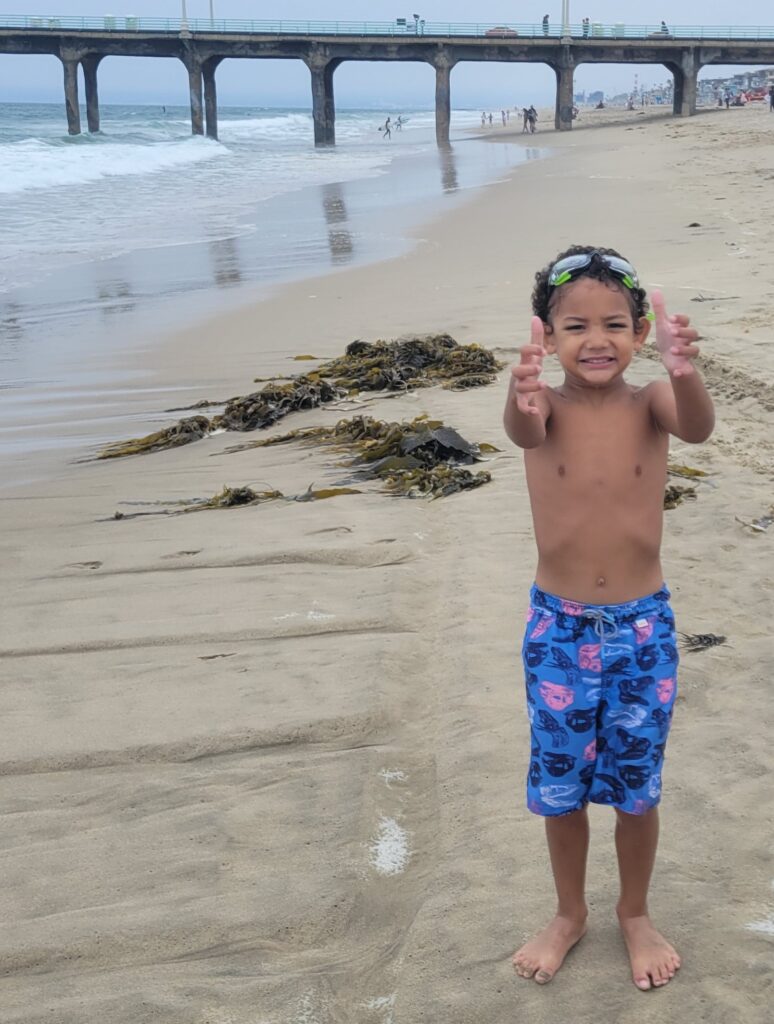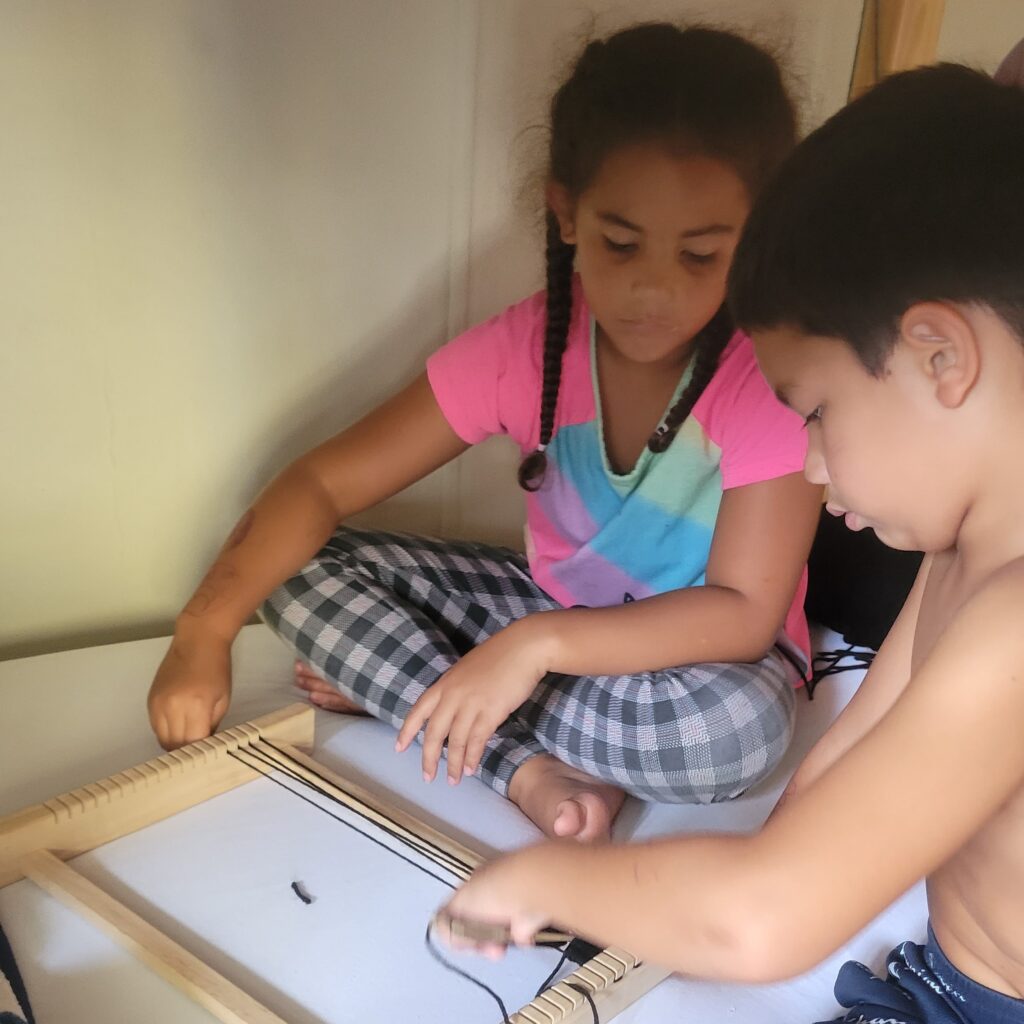So much about the parenting style that Afa and I have chosen can be summed up in the following sentence: we trust our children. We trust them to learn what they need to learn at the time they need to learn it. I homeschool them, and we work through a Charlotte Mason-ish curriculum daily. I teach them how to think about the many books that we read together, evaluate the characters’ decisions and the plot lines. We follow fountains of curiosity wherever they may lead. With a foundation of discipline and guidance, I don’t have to try to teach them all the “important” things in the first 18 years of their lives. I can teach them how to learn, and they can figure out what they need to learn as the necessity arises.
I recently read Modern Miss Mason by Leah Boden and learned so much about how to approach my life as a mom and a homeschooler. One of my favorite phrases that I learned from the book was “masterly inactivity.” As a close follower of unschooling philosophy, I have long understood how much learning happens when a child is engaged in a task with their full attention and the importance of not interrupting these tasks, if at all possible. Before this book, I didn’t have a great phrase to describe it. Different resources that I use have called it “flow” or “focus,” but those didn’t seem accurate or descriptive enough. However, “masterly inactivity” is the perfect description.

Masterly inactivity is a time of refreshment for both the mother and the child. It is a time in which I provide a space for play but do not provide a specific task. It shifts the responsibility for entertainment from me to them, providing me a brain break and an opportunity to accomplish other priorities. For me, that often looks like my actual job, since I work full time in addition to homeschooling the kids. However, that break could be used to meet whatever the current need is, including rest for Mama.
For a toddler, indoor masterly inactivity might look like stacking cups, knocking them over, and stacking them again or building a fort and putting all the animals in the fort to play. Outdoor masterly inactivity could be stirring the dirt repeatedly with a stick or pulling up all the grass in a little area. Strewing can be particularly helpful to initiate masterly inactivity for a toddler. It is also important to note that toddlers are often not going to be engaged in masterly inactivity for long periods of time. This is a stage in which parents are teaching children through repetition, practice, and participation. In this stage it’s like building a muscle, starting with small blocks of time. Their brain learns to get fully engaged in a task, and the time period can naturally increase.

For an elementary age child, indoor masterly activity might look like craft sticks and hot glue, the supplies to build a fort but not yet constructed, a road taped to the floor with all the toy cars in a box beside it. One of the activities that my kids loved for a while was putting hot glue into cold water to see what kind of designs it made. If the end goal was to produce something, that appears to be both a waste of time and glue. However, if the process itself is the goal, then we can give our children space and time to explore without the expectations of presentation at the end. In this activity, the kids learned that the glue hardens faster in the cold water than it does on the paper. They also learned how to handle the hot glue gun safely – after they burned themselves a few times. I had practiced using the glue gun with them, shown them how to use it safely, and how to run cool water over their fingers when they were burned. Then I stepped back and allowed them to use those skills.
Outdoors, elementary children might run races, turn sticks into light sabers, hunt for mushrooms all around a field of grass, or make mud pies. Outdoor masterly inactivity is often going to include lots of dirt, mud, and mess. With activities like searching for mushrooms, it also requires some pre-training about not eating anything they find. However, outdoor masterly inactivity is often much easier than indoor because there is so much for the kids to explore without the parents having to set anything up beforehand. You can simply release them and release yourself for the time they are there.

One of the sentences to avoid unless there is actual danger present is “be careful.” Children do not want to get hurt, and they are going to make decisions to generally avoid that. However, they also need to figure out where those boundaries are. The fastest way for them to learn the boundaries is to push past them. Whenever possible, allow them to find those boundaries themselves. Ana Lia has always been incredibly balanced, and she would run across the tops of fences. My instinct was to shout, “Be careful!” The truth is, she was being careful. She would start out slowly and then increase her speed as she became comfortable. Constantly reminding children to be careful can instill a sense of anxiety in children rather than a sense of bravery.
Whatever the task is, even if we see no “value” in it, a child who is deeply immersed is learning and a mother is provided with cherished free time. When you see your child engaged in masterly inactivity, allow them to continue until they are done. Much like with the toddler, the longer and more frequently they are allowed to immerse themselves in masterly inactivity, the stronger that muscle becomes. Interruptions to this immersion break concentration (“be careful” among the top offenders). The child is less likely to fully immerse themselves in the task if they expect repeated interruptions. Allowing them uninterrupted time teaches them to fully immerse in a task but also releases us from constant supervision; again, beneficial for both parent and child.

As an important side note, masterly inactivity is a skill. A child who is accustomed to being entertained constantly, whether by a parent, a friend, or a video game, is not going to have innate skills to spend an hour in masterly inactivity. It takes time to let them practice and build the skills. It might start with five minutes or with one minute, but building a small habit over time develops this skill like any other. Be patient with your child and yourself as you are both learning new strategies.
One Comment
Comments are closed.